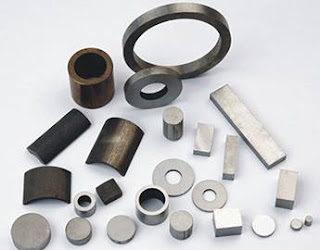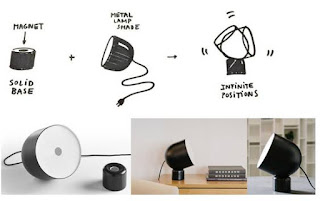Magnetic Hover-board: From the Film to Reality
The hover-board may just showed in the film Back to the Future by Michael J Fox in 1989, but it didn’t stop a generation of youngsters to gain one, whether it can skate or not.
Until now, it has taken almost 30 years for the engineers to achieve this dream. They found it is technically possible to make a hover-board with the help of permanent magnets, semiconductors, and liquid nitrogen. And such a hove-board is already invented in lab, even it can only hold a toy soldier.
In brief, the superconductor is wrapped by tinfoil, and put into liquid nitrogen that has been cooled into -197°C (-322F), and then placed on the neodymium magnetic track. Under such incredible temperature, the electric resistance of superconductor almost turns to nothing, which means it can conduct strong currents that create intense NdFeB permanent magnetic fields. Therefore, when you put such a superconductor over the magnetic track, it hovers an inch or more.
So, by now, the real problem is how about the hover-board on the streets without neodymium magnets inside, like pavement or park? Actually, Swedish carmaker Volvo has already built a testing track with NdFeB permanent magnet being placed in the middle and edges of the lanes to develop driverless cars. And they also found that it is better to place these neodymium block magnets on the surface of the road, rather than inside. Thus, it may possible to have hover-boards in our daily life in the future, and living like a scientific film may not only a dream.

Tags: permanent magnet, neodymium magnet





